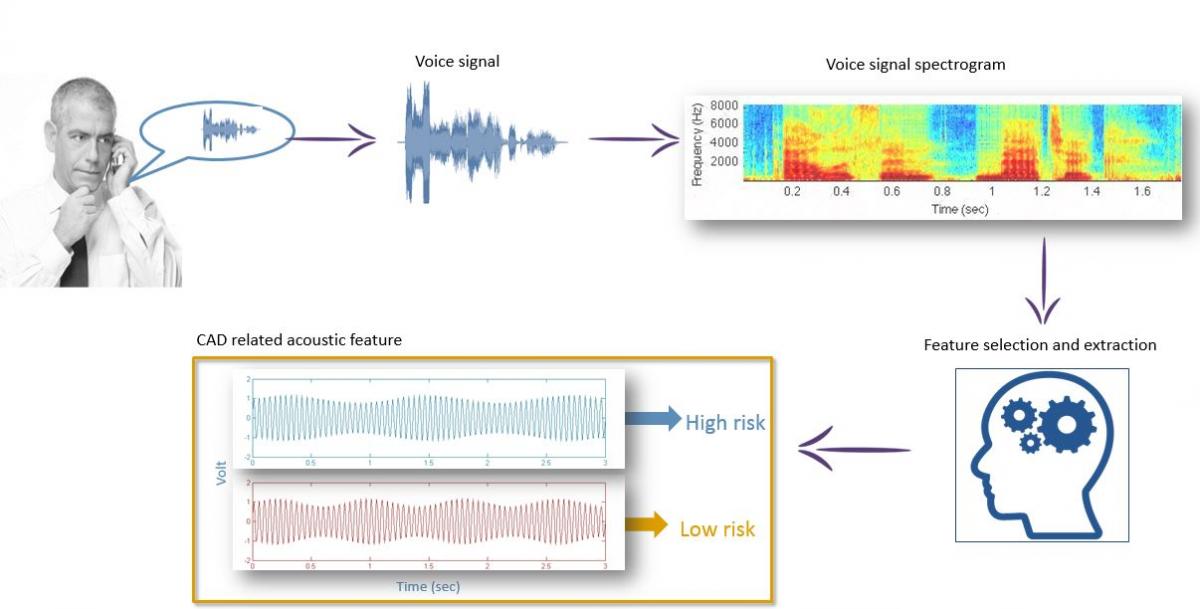Maloney, Stabenow, and Smith Lead Colleagues in Introducing Legislation to Target Abusive Pharmaceutical Business Practices was published by the House Committee on Oversight and Reform, 7 April 2022.
 Rep. Carolyn B. Maloney, Chairwoman of the House Committee on Oversight and Reform, Sen. Debbie Stabenow, Chairwoman of Senate Finance Subcommittee on Health Care, and Sen. Tina Smith led colleagues—including Rep. Peter Welch and Rep. Jan Schakowsky—in introducing a package of legislation targeting business practices pharmaceutical companies use to suppress competition, maintain market monopolies, and keep drug prices high.
Rep. Carolyn B. Maloney, Chairwoman of the House Committee on Oversight and Reform, Sen. Debbie Stabenow, Chairwoman of Senate Finance Subcommittee on Health Care, and Sen. Tina Smith led colleagues—including Rep. Peter Welch and Rep. Jan Schakowsky—in introducing a package of legislation targeting business practices pharmaceutical companies use to suppress competition, maintain market monopolies, and keep drug prices high.
The legislative reforms follow the Oversight Committee’s three-year investigation into pharmaceutical pricing and business practices that exposed pharmaceutical company practices to suppress competition from lower-priced generics and biosimilars and make drug prices unaffordable for many Americans.
“In 2022, no one should be making the hard choice of paying for needed medications or paying the rent. Unfortunately, one in four Americans has trouble affording their medications,” said Chairwoman Maloney. “In my Committee’s investigation, we found that Big Pharma manipulates our health care system to suppress competition and increase profits. These three bills target Big Pharma’s manipulative practices in order to strengthen competition, promote innovation, and increase transparency into research and development costs—all of which will help make drugs more affordable.”
Read more: Legislation to Target Abusive Pharmaceutical Business Practices
Senseonics Announces the First Patient Implant of the Eversense E3 CGM System in the U.S. in a press release by Senseonics.com, 6 April 2022.
 Senseonics Holdings and Ascensia Diabetes Care have announced the first commercial patient has been implanted with Eversense® E3, kicking off the launch of the next-generation CGM System in the U.S. The Eversense E3 Sensor was approved by the FDA in February and is the longest-lasting CGM available in the U.S.
Senseonics Holdings and Ascensia Diabetes Care have announced the first commercial patient has been implanted with Eversense® E3, kicking off the launch of the next-generation CGM System in the U.S. The Eversense E3 Sensor was approved by the FDA in February and is the longest-lasting CGM available in the U.S.
“The accuracy, duration and implantable form of Eversense E3 combine to provide diabetes patients confidence and convenience never available previously,” said Bantwal S. Baliga, MD: MRCP (U.K.), Director of East Alabama Endocrinology, and the first physician to insert the extended life sensor now that it is commercially available. “This next-generation implantable system has been designed with patients in mind by offering 6-months of sensor life. It also offers unique benefits like discrete on-body vibratory alerts through a removable transmitter that provides patients wear time flexibility without ever having to waste a sensor. It is an important offering for patients wanting accuracy, protection, and convenience.
Read more: First Patient Implant of the Eversense E3 CGM System in the U.S.
Voice characteristics may predict coronary heart disease risk was written by Deep Skukla for MedicalNewsToday.com, 5 April 2022.
 Coronary artery disease, the most common form of heart disease, affects 18.2 million individuals ages 20 years and older in the United States. Researchers at the Mayo Clinic in Rochester, MN, in collaboration with a researcher from the University of Tel Aviv, Israel, have shown that the analysis of voice samples using artificial intelligence can help predict the risk of coronary artery disease and its complications, such as a heart attack or chest pain.
Coronary artery disease, the most common form of heart disease, affects 18.2 million individuals ages 20 years and older in the United States. Researchers at the Mayo Clinic in Rochester, MN, in collaboration with a researcher from the University of Tel Aviv, Israel, have shown that the analysis of voice samples using artificial intelligence can help predict the risk of coronary artery disease and its complications, such as a heart attack or chest pain.
The early detection of coronary artery disease using this voice analysis approach could potentially improve patient outcomes. This approach relies on the collection of voice samples using a mobile application and could serve as a cost-effective and non-invasive method to remotely screen individuals at risk of coronary artery disease.
Voice samples analysis could be used as a preliminary tool for identifying patients in need of closer attention for coronary artery disease events.
The study’s co-author, Dr. Jaskanwal Deep Singh Sara, a research fellow at Mayo Clinic, says, “We’re not suggesting that voice analysis technology would replace doctors or replace existing methods of healthcare delivery, but we think there’s a huge opportunity for voice technology to act as an adjunct to existing strategies. Providing a voice sample is very intuitive and even enjoyable for patients, and it could become a scalable means for us to enhance patient management.”
Read more: Voice characteristics may predict coronary heart disease risk
A novel ultrasound method can successfully treat type-2 diabetes was reported by Derya Ozdemir for InterestingEngineering.com, 6 April 2022.
 In the United States, 37 million people have diabetes, which equals roughly one in ten, according to the Centers for Disease Control and Prevention. Of these, 90 to 95 percent have type 2 diabetes, a condition in which there is too much sugar in the blood as the body cannot regulate it effectively owing to problems with a hormone called insulin. Now, an exciting new study led by Yale School of Medicine, UCLA, and the Feinstein Institutes for Medical Research suggests that type 2 diabetes could be treated without drugs.
In the United States, 37 million people have diabetes, which equals roughly one in ten, according to the Centers for Disease Control and Prevention. Of these, 90 to 95 percent have type 2 diabetes, a condition in which there is too much sugar in the blood as the body cannot regulate it effectively owing to problems with a hormone called insulin. Now, an exciting new study led by Yale School of Medicine, UCLA, and the Feinstein Institutes for Medical Research suggests that type 2 diabetes could be treated without drugs.
In the study published in the journal Nature Biomedical Engineering, the team led by GE Research, an arm of General Electric, revealed a novel non-invasive ultrasound technique meant to stimulate specific nerves in the liver. The procedure is called peripheral focused ultrasound stimulation (pFUS), and it directs highly concentrated ultrasound pulses at specific tissue areas containing nerve endings.
“We used this technique to explore stimulation of an area of the liver called the porta hepatis,” the researchers explained in a Nature briefing reported by New Atlas. “This region contains the hepatoportal nerve plexus, which communicates information on glucose and nutrient status to the brain but has been difficult to study as its nerve structures are too small to separately stimulate with implanted electrodes.”
Just three minutes of concentrated ultrasound each day was enough to keep diabetic mice’s blood glucose levels normal. Currently, researchers are conducting human feasibility trials with a group of type-2 diabetic subjects to determine whether this strategy can be used in humans, which is hopefully moving us closer to the day when diabetes is no longer monitored and managed with blood sugar tests, insulin injections, and drug treatments.
“Unfortunately, there are currently only very few drugs that lower insulin levels,” Raimund Herzog, a Yale School of Medicine endocrinologist working on the project, said. “If our ongoing clinical trials confirm the promise of the preclinical studies reported in this paper, and ultrasound can be used to lower both insulin and glucose levels, ultrasound neuromodulation would represent an exciting and entirely new addition to the current treatment options for our patients.”
Read more: A novel ultrasound method can successfully treat type-2 diabetes
A Bioprinted Pancreas Could Spell the End for Diabetes was shared by Loukia Papadopoulos for InterestingEngineering.com, 22 June 2021.
Readily3D, a spin-off of EPFL, has engineered a new method to print biological tissues using a biological gel that contains the patient’s stem cells. The new method takes just 30 seconds for living tissue to be printed out on a bioprinter complete with blood vessels and all. The medical advancement could completely revolutionize how we produce replacement organs because believe it or not the organ it produces works exactly like a real pancreas. Indeed, the newly printed pancreas secretes a spectrum of critical hormones like insulin, which help regulate blood sugar levels.


I would jump on the print pancreas in a heartbeat. Hey, I like awesome new inventions.
I am so happy that the eversense might actually have some traction. I love the idea of it, now can it be practical? We will see.
The legislation will not go anywhere, nice idea, DOA.